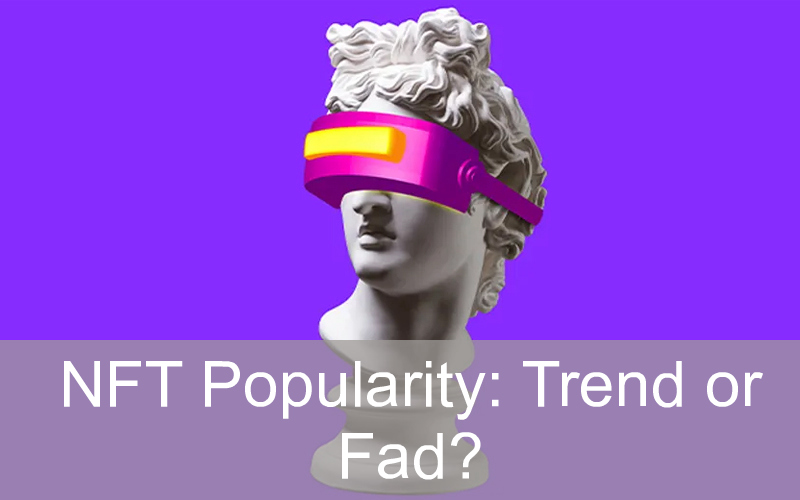NFTs, or Non-Fungible Tokens, have seen a meteoric rise in popularity since the start of 2021, spurring the launch of a number of NFT platforms, initiatives and projects. Among them was a digital collectibles feature from the software company, Meta, which enabled users to share their unique digital assets on social media platforms like Instagram and Facebook.
Launched in May 2022, Meta’s digital collectibles feature was intended to strengthen the integration of social media and the digital assets space. Using their crypto wallet, Meta users were able to share compatible video and image-NFTs in the form of a special type of post which could be liked and commented on just like any other post. Posts included a subtle shimmer effect and automatically tagged both the owner and creator of the digital token.
However, Meta has announced that as of April 11 this feature will be discontinued, leaving many to wonder if the recent surge in NFT popularity is in fact the start of a true trend or just a flash in the pan.
Not the only one taking a step back from its NFT project, Mojang Studios opted to discontinue NFC compatibility on Minecraft, which in a single move de-platformed projects like NFC Worlds, which had been tokenizing virtual plots of land. Shortly after, CNN cancelled its NFT marketplace, Vault. And the Royal Mint announced that it would not be proceeding with its ‘NFT for Britain’ launch.
While the demise of these projects may naively be taken as evidence for an ailing crypto ecosystem, a closer examination of the evidence reveals the opposite: a thinning of the herd. Just as the 2010s witnessed a boom in Initial Coin Offerings (ICOs) that was eventually thinned down to the more useful cryptocurrencies, the NFT space is undergoing a similar process. Those projects that can hold onto their userbase and demonstrate their usefulness are more likely to survive, while those that fail to prove themselves will founder.
 Benjamin Anderson
Benjamin Anderson
- 2023-04-09
The True Nature of NFT Popularity
Learn what the sudden demise of several NFT projects could indicate about the emergent digital asset space. Could this signal a thinning of the herd - or worse yet, a flash in the pan?

